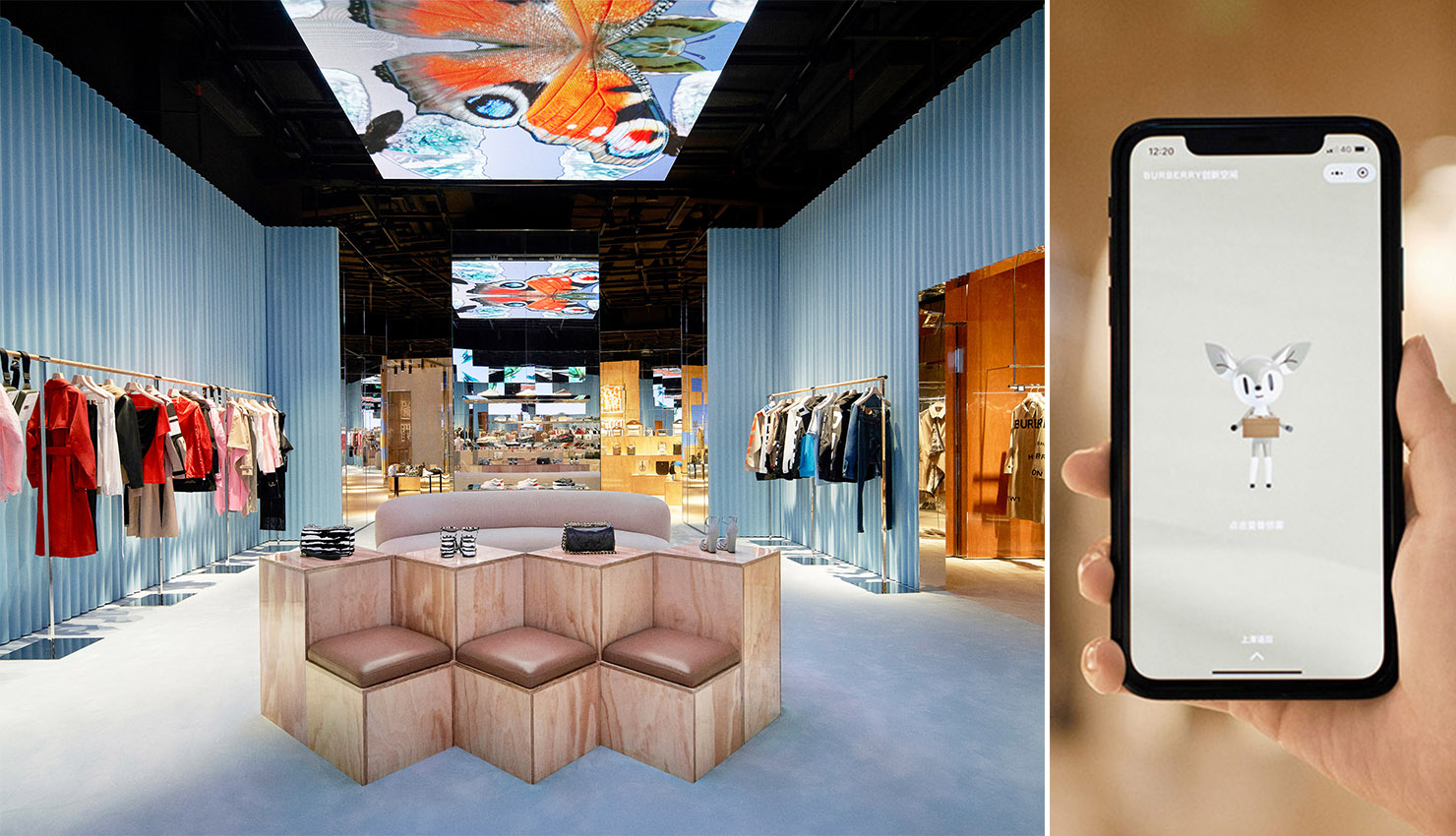With online sales growth of 24% in 2018, and total revenue of $1.3 trillion, China is the fastest growing online market in the world. With their own digital ecosystem, the Chinese are developing new ways to sell their products, adapt to their users’ behavior and optimize their shopping experience.
Social networks, new consumer habits and technology. These three factors will determine the evolution of online commerce in China, which could be copied by the Western world in the coming years. Coresight Research has advanced the 10 trends that mark the future of ecommerce in China. In Horse we summarize them for you.
The rise of social e-commerce
Mixing social media engagement with e-commerce efficiency, that’s what social e-commerce does. There are already several platforms in China that have successfully implemented it, but what makes them so interesting in the Chinese market?
The trust. We are increasingly distrustful of advertising and traditional marketing methods, especially in China, where counterfeits are the order of the day. As a result, Chinese (and increasingly Westerners) tend to rely on the experiences of their acquaintances or key opinion consumers (influencers who are dedicated to giving their opinion on the products they buy) to make the purchase decision. In social e-commerce tools they find these experiences in the same place where they make the purchase. In this way, the distance between the customer and the brand is reduced and trust is generated.
WeChat: a world of possibilities
WeChat is more than a social network. It is a platform with more than 1 billion users that includes: messaging service, geo-location, a mobile payment system, a section of official accounts similar to Facebook pages, another more similar to a social network where you can share photos, statuses.

future-ecommerce-china-magazinehorse
One of its most interesting functions is the mini programs. The WeChat mini-programs allow brands to develop the augmented reality function and integrate it into their sales process.
Burberry and Tencent _owner of WeChat_ have launched an interactive store in Shenzhen (China) by creating a customized mini-program that is unlocked through WeChat.

Left. inside the Burberry store. Right image of the fawn, avatar created for the firm.
How it works: shoppers create a profile and receive a digital avatar in the form of a fawn that acts through a rewards system to earn “social currency” that unlocks personalized content; as the customer shops or becomes more engaged with the brand, they earn more rewards. Through the app, shoppers can book one of three themed fitting rooms, pre-select clothes and play their own music while trying them on.

Left: one of the three fitting rooms in the store. Right. garments with the QR code where all the information is obtained.
All products have QR codes, which can be scanned to display more information and visual suggestions for project design, and give the user more points to unlock content.
They can also use this program to reserve a table in the store’s cafeteria and make appointments with stylists and other services.

Burberry store cafeteria
The WeChat, is not about a technology store, but a beautiful luxury store augmented by technology creating an experience for its customers.

WeChat collaborated with Armani to launch an AR lipstick trial experience.
Last year, Armani launched a pilot experience in which users could try on different lipsticks on their face by clicking on the colors. Other luxury brands such as Louis Vuitton, Bulgari, Cartier, Coach… are also present on WeChat.
Real-time videos
Another of the most important trends is that of real-time videos. It offers many possibilities for brands because it is a great way to show your product to the public. It allows you to play with different social networks and platforms. So much so that they are all being adapted to online commerce. TikTok, one of the youngest, has already included a feature called Marketing Label, with which brands can tag their products and redirect them to their onlinestore. In addition, videos allow interaction of influencers or key opinion consumers with the public and associate ideas such as creativity and closeness with the product.

Brands such as Celine, Polo Ralph Lauren, Burberry or Clavin Klein, dance to the rhythm of TikTok.
Other ways to buy;
Online commerce is diversifying. There is a strong growth in purchasing modalities that move away from the traditional. One of the ones we are already seeing the effects of in the West is recommerce. The second-hand sale in app format is growing a lot in China thanks to younger people. Going forward, retail firms will have to find ways to collaborate with these platforms to break into this new market.
Use of new technologies
Integrating the use of new technologies into the purchasing process. That is the key to the future of ecommerce in China. Not only of the changes in the user experience but also of its growth since thanks to them digitized logistics centers are being created, which will be responsible for the acceleration in the delivery of packages and the international opening.

A 4.0 warehouse in Bangkok, Thailand (Getty)
The future of ecommerce in China is marked by technology, new consumer habits and the new functionalities of social networks. Possibilities of a model that we will soon begin to see in Europe.




